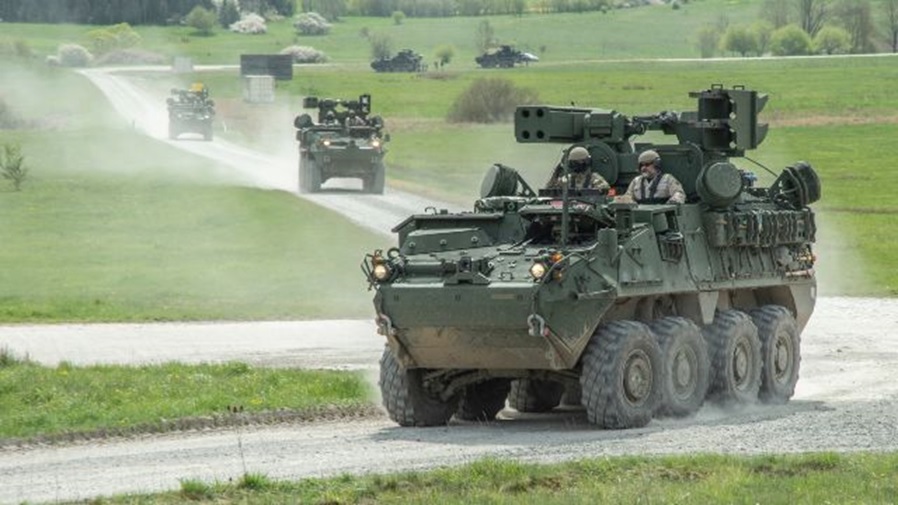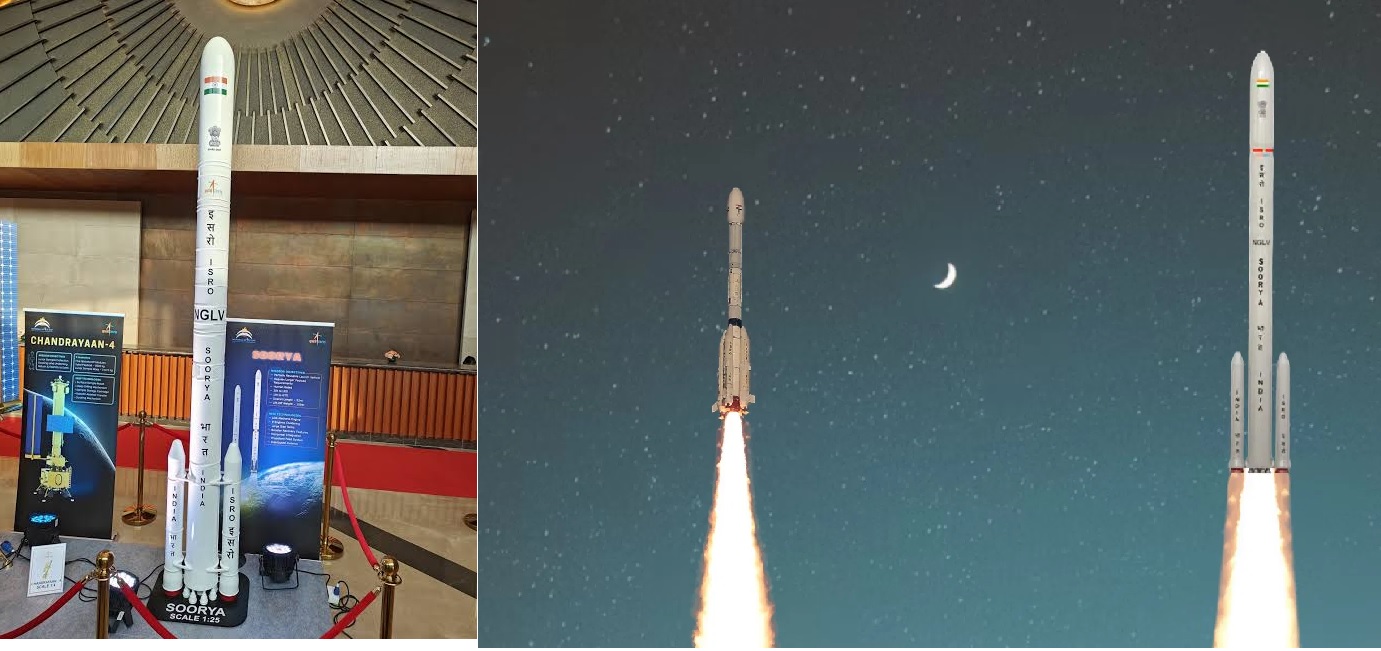India and US Advance Talks on Co-Production of Stryker Combat Vehicles

In a significant development in India-US defense relations, discussions have progressed regarding the joint manufacture of the latest generation of Stryker combat vehicles. The announcement came from US Deputy Secretary of State, Kurt Campbell, following a series of high-level meetings in New Delhi, where he, alongside White House National Security Adviser Jake Sullivan, engaged with Indian Prime Minister Narendra Modi and National Security Adviser Ajit Doval.
The potential co-production of Stryker armored infantry combat vehicles (ICVs) marks a strategic shift in India's defense procurement landscape. Historically reliant on Russian defense equipment, India is now seeking to diversify its sources and bolster indigenous production capabilities. The Stryker, an eight-wheeled armored vehicle known for its versatility and effectiveness in various combat scenarios, represents a substantial upgrade for India's military infrastructure.
The discussions between the US and India occurred under the framework of the US-India initiative on Critical and Emerging Technology (iCET). This initiative aims to enhance collaboration in high-technology areas, reflecting the growing strategic partnership between the two nations. The talks are in the relatively early stages, as Campbell noted, but the intent to move forward is clear.
One of the key aspects of the proposed deal is the demonstration of the Stryker's capabilities to the Indian Army. This demonstration is expected to provide a hands-on understanding of the vehicle's performance and operational advantages. The Stryker, designed for rapid deployment and equipped with advanced weaponry and communication systems, could significantly enhance the mobility and combat effectiveness of Indian ground forces.
Beyond the immediate military benefits, the co-production of Stryker vehicles in India holds substantial economic implications. It could catalyze the development of a robust defense manufacturing sector, create jobs, and foster technological advancements. This aligns with India's broader goals of self-reliance in defense production, encapsulated in the "Make in India" initiative.
However, the partnership is not without its challenges. The US has expressed concerns about the potential risks of sensitive technology being accessed by Russia, given India's longstanding defense relationship with Moscow. Campbell addressed these concerns, emphasizing that the US would take necessary measures to mitigate any risks associated with India's ongoing military and technological engagements with Russia.
In addition to the Stryker deal, discussions also covered the status of the MQ-9B drones. The US delivered a letter of offer and acceptance to India in early March, and negotiations are ongoing. General Atomics, the manufacturer, is in talks with the Indian Ministry of Defence to finalize the details, indicating another area of expanding defense cooperation.
The visit by Deputy Secretary Campbell also included meetings with Indian Foreign Secretary Vinay Kwatra and Deputy National Security Advisor Vikram Misri. These discussions reaffirmed the commitment of both nations to strengthen their partnership and enhance coordination across the Indo-Pacific region. The Quad partnership, involving the US, India, Japan, and Australia, was highlighted as a critical element in ensuring regional security and prosperity.
The evolving defense collaboration between India and the US underscores a strategic realignment in response to regional security dynamics, particularly concerning China's rising influence. As both nations seek to bolster their defense capabilities and deepen technological cooperation, the co-production of Stryker vehicles stands out as a significant milestone in their partnership. The move not only enhances India's military prowess but also solidifies the foundation for a more resilient and multifaceted bilateral relationship.


